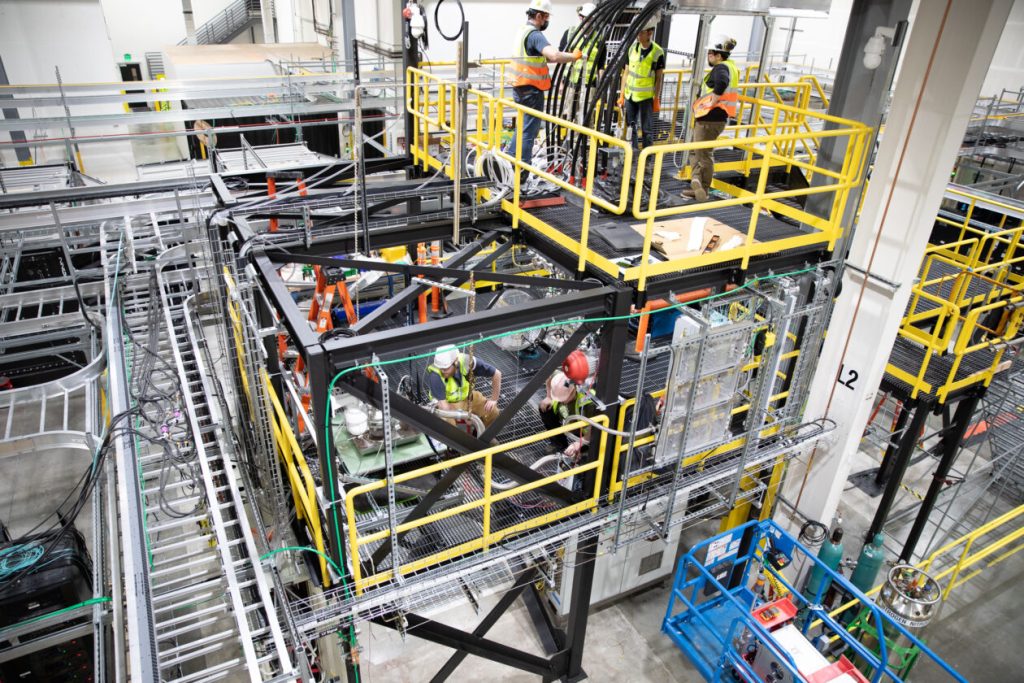Zap Energy is a fusion company based in Everett, Washington that is working on developing a new device called Century, which is a demonstration of major power plant-relevant technologies. The central stack of Century is about the size of a double-decker bus and is close to the eventual size of a Zap module that will produce 50 megawatts of electricity. The company recently completed construction of its Century system, which includes key technologies such as a device that produces plasma, liquid metal walls, durable electrodes, and energy-releasing capacitors.
The company recently completed a $130 million round of funding, led by Soros Fund Management, with participation from new investors such as BAM Elevate, Emerson Collective, and others. This brings the total amount raised by Zap to over $330 million from investors such as Addition, Breakthrough Energy Ventures, Chevron Technology Ventures, and others. The company also received funding from the U.S. Department of Energy as one of eight recipients last year.
Zap’s approach to fusion uses a sheared-flow-stabilized Z-pinch technology, where electric currents are driven through a filament of plasma to create powerful magnetic fields that compress the material and produce conditions for fusion reactions. The company aims to achieve “scientific breakeven,” where they produce more power from fusion than is required to create the reaction. This was achieved almost two years ago at Lawrence Livermore National Laboratory, but commercial ventures need to go further to create enough energy to put electrons on the electrical grid.
The fusion field has attracted investments from tech sector giants such as Chris Sacca’s Lowercarbon Capital, Bill Gates’ Breakthrough Energy Ventures, Sam Altman of OpenAI, and Jeff Bezos of Amazon. Fusion technology could become an essential solution for the increasing demand for electricity in data center construction and operations as the world shifts towards cleaner energy sources. Zap Energy’s CEO, Benj Conway, stated that their objective is not just to prove a science experiment, but to deliver a commercial power plant.
Zap’s Century device has demonstrated significant progress, with a test run of more than 1,000 consecutive plasmas in less than three hours. However, a component in the device did not perform as expected, leading the team to make adjustments and aim to run the test again before the end of the year to meet the Department of Energy’s target. The company’s investors, including Mizuho and Plynth Energy, are considered strategic investors that will be crucial as Zap scales internationally.
Zap Energy is part of the race to produce commercially viable energy through fusion reactions by smashing together and fusing light atoms to release power. While scientists have not yet been able to efficiently replicate this reaction on Earth, companies like Zap are getting closer. The completion of the Century system represents a significant step forward in developing fusion technology that could potentially meet the increasing global demand for clean, sustainable energy sources.












